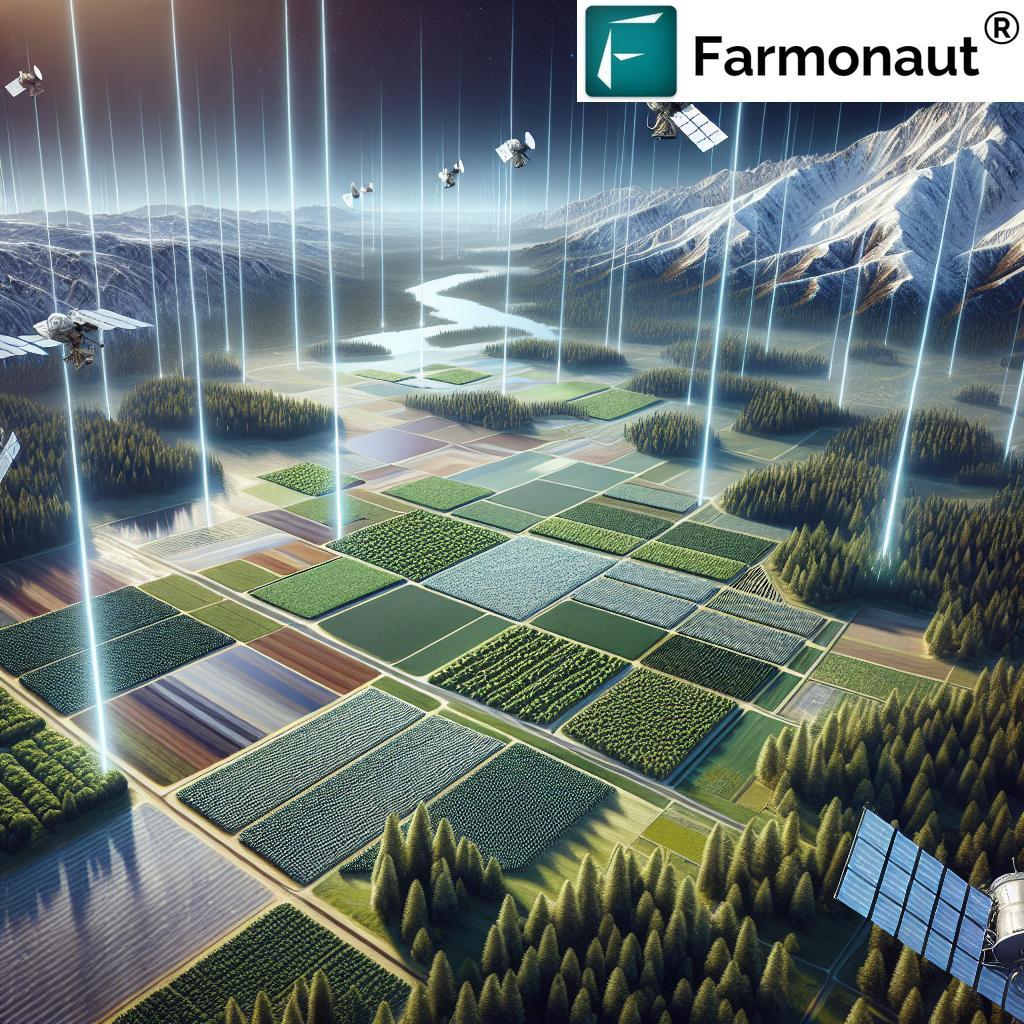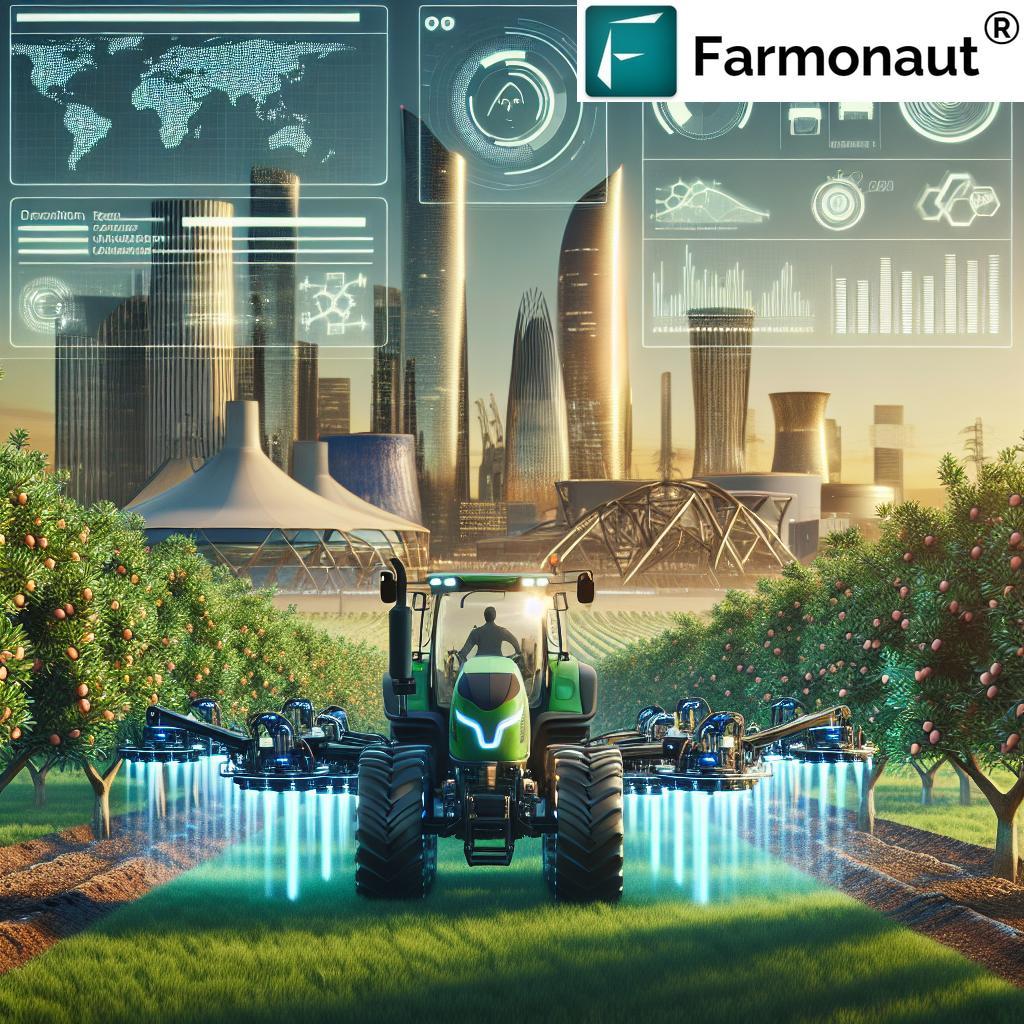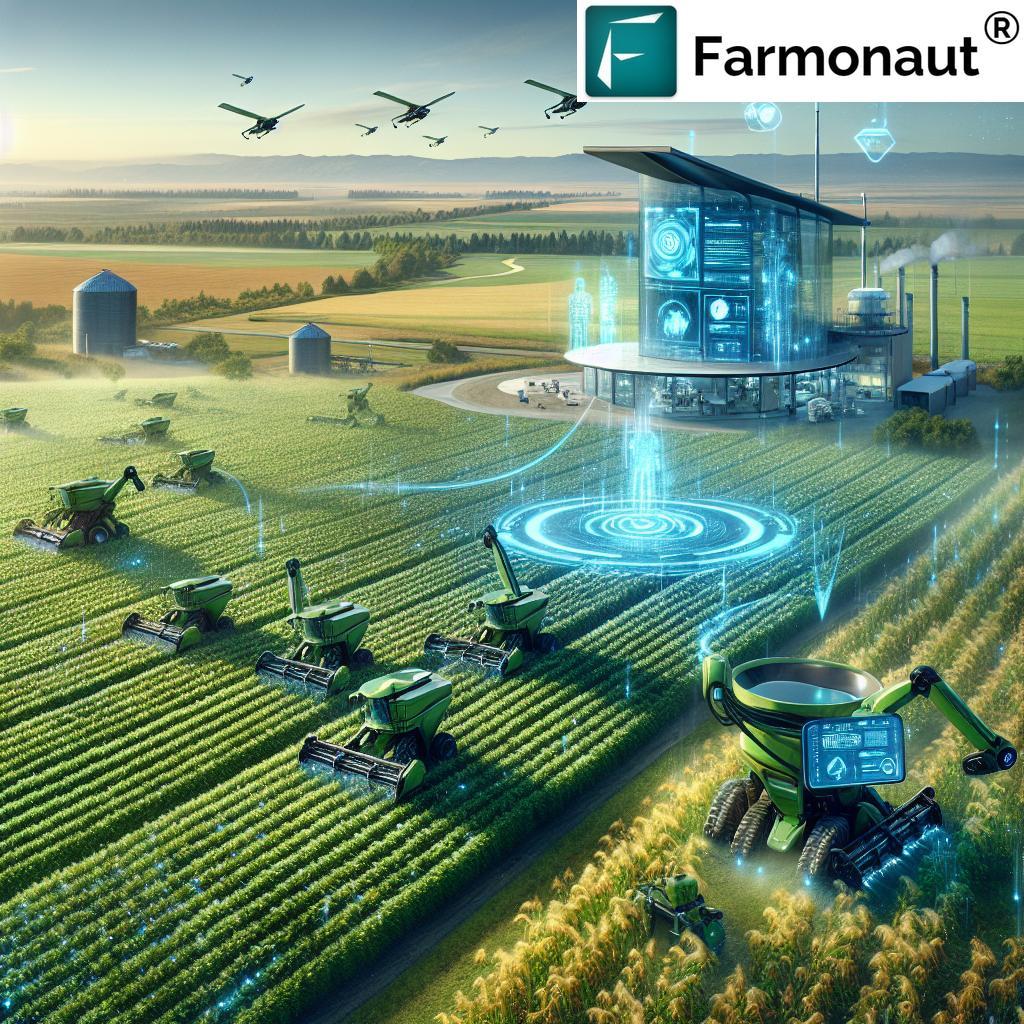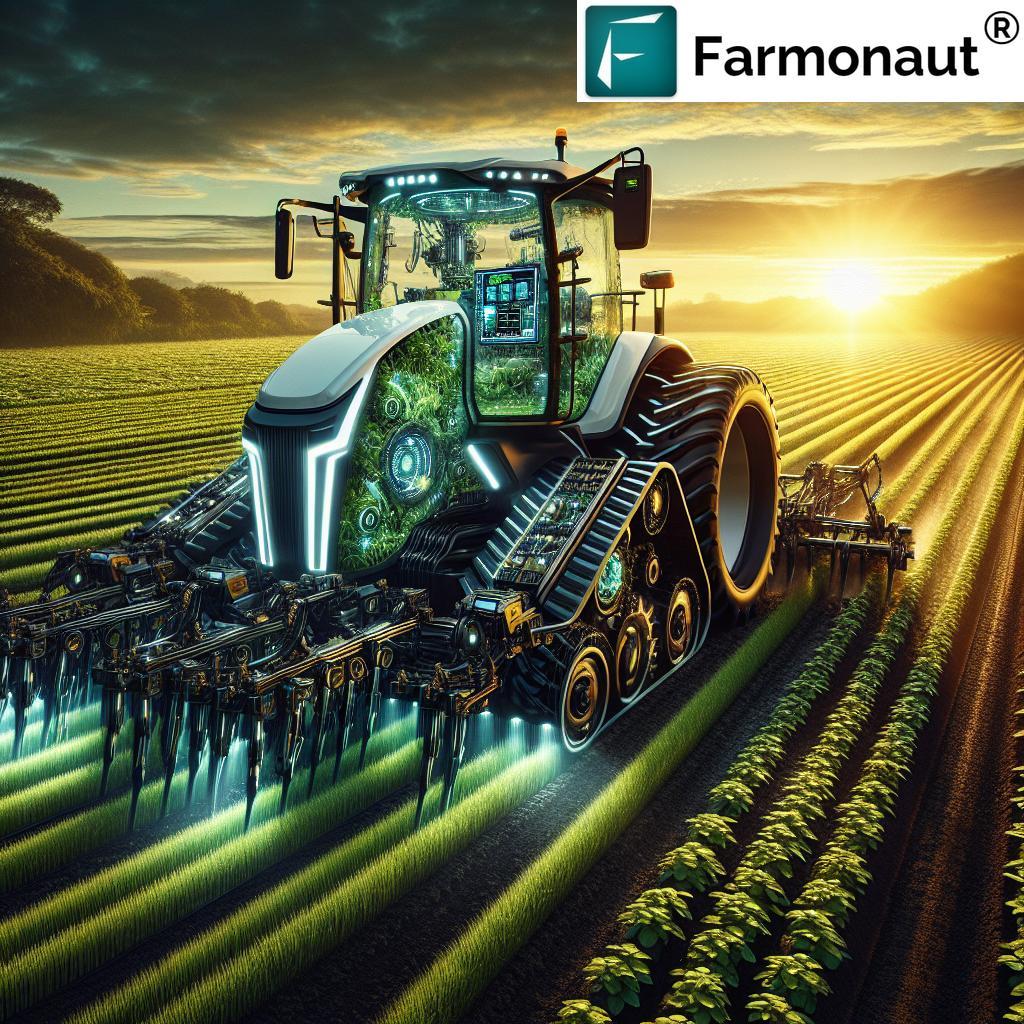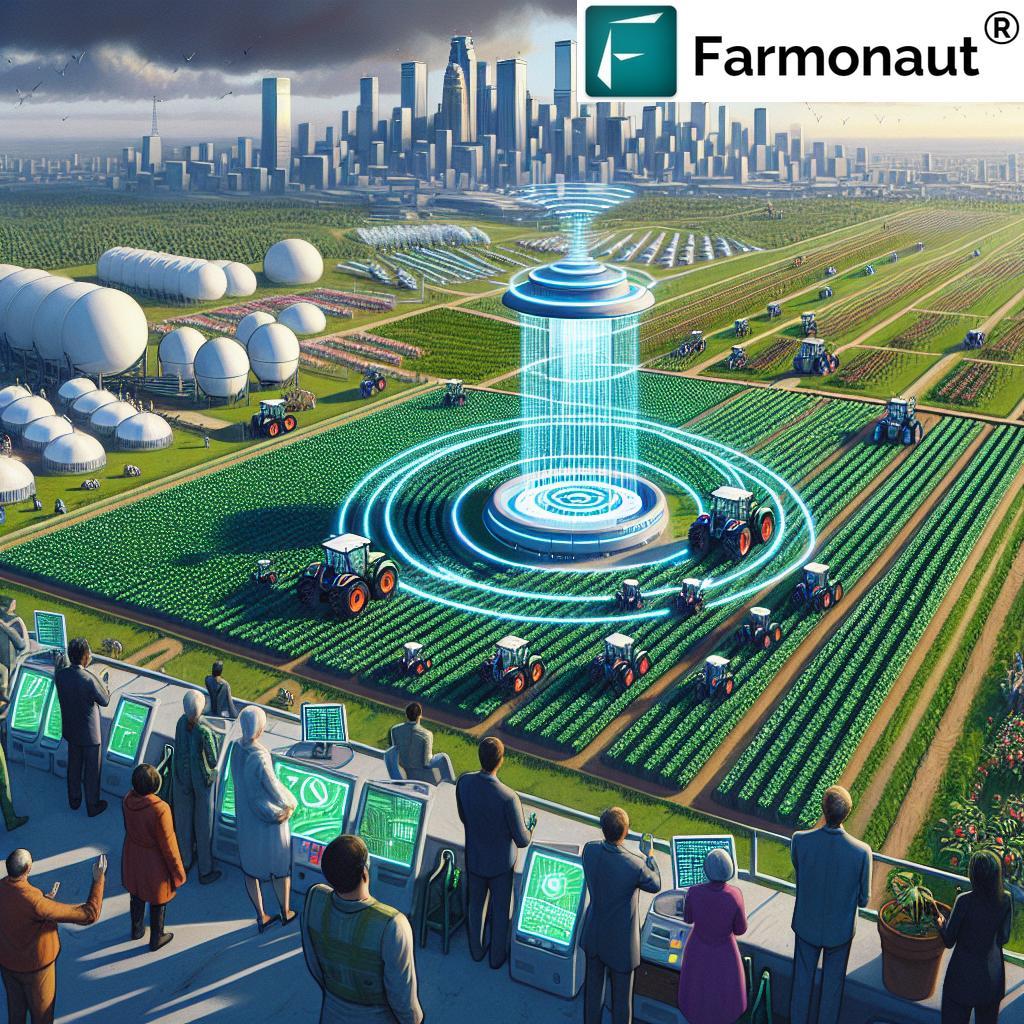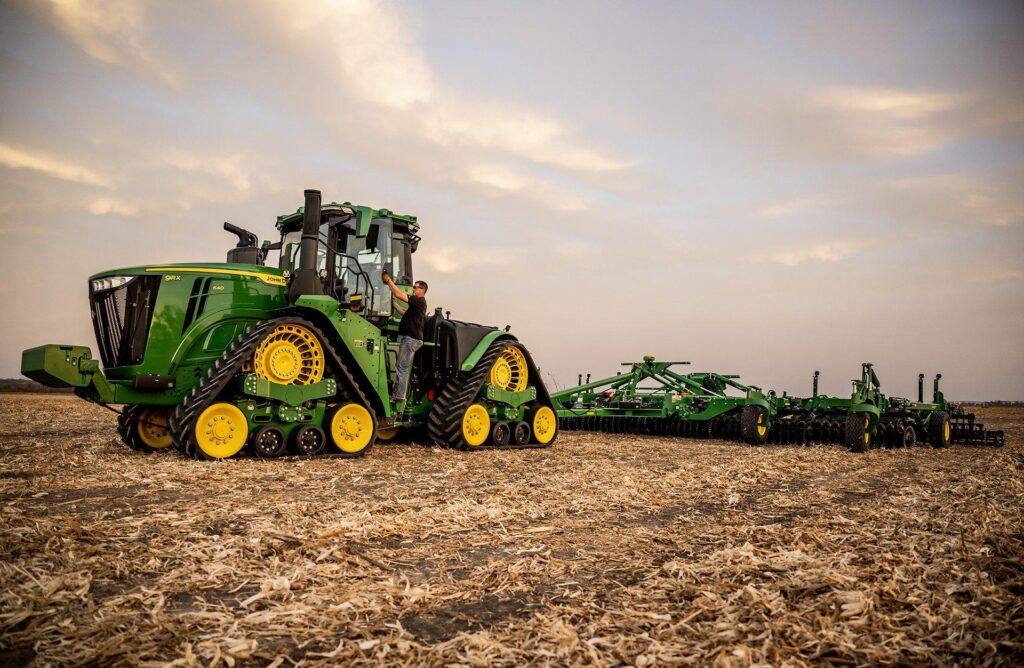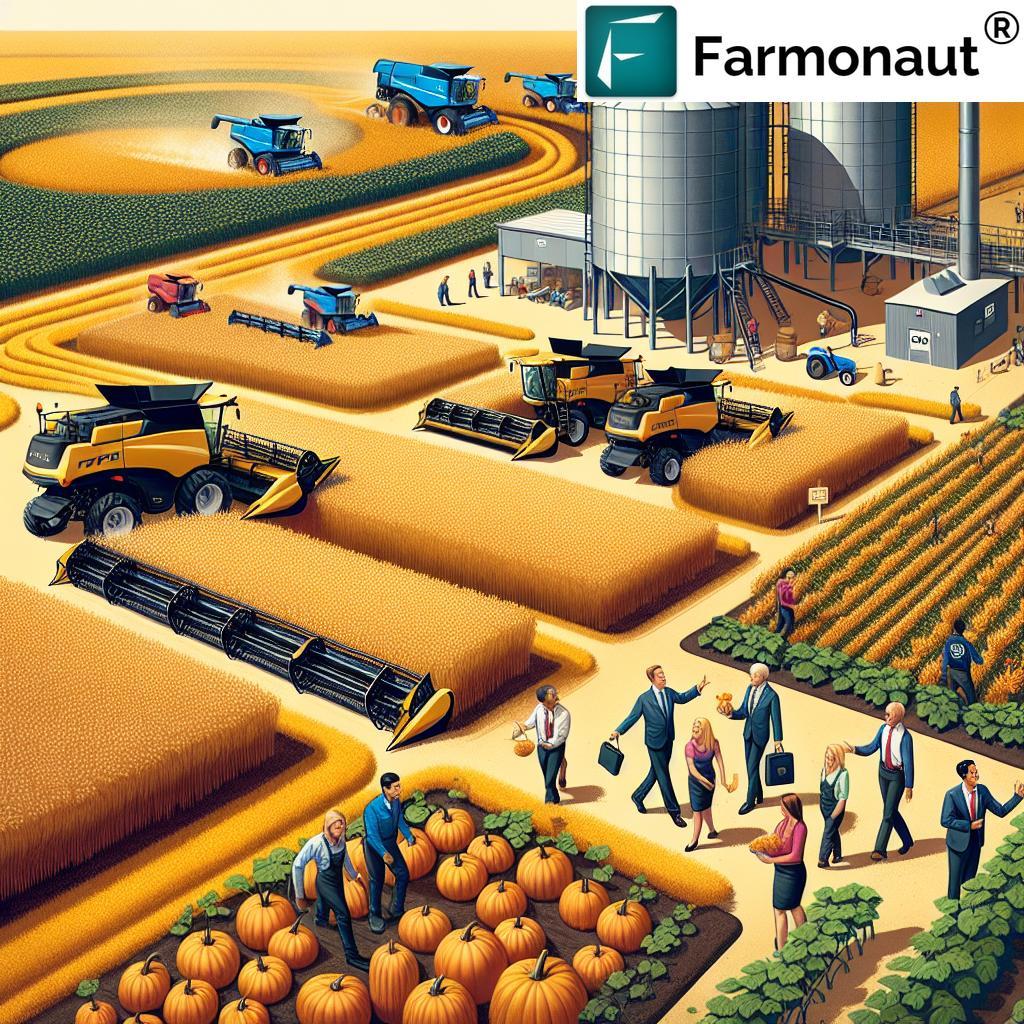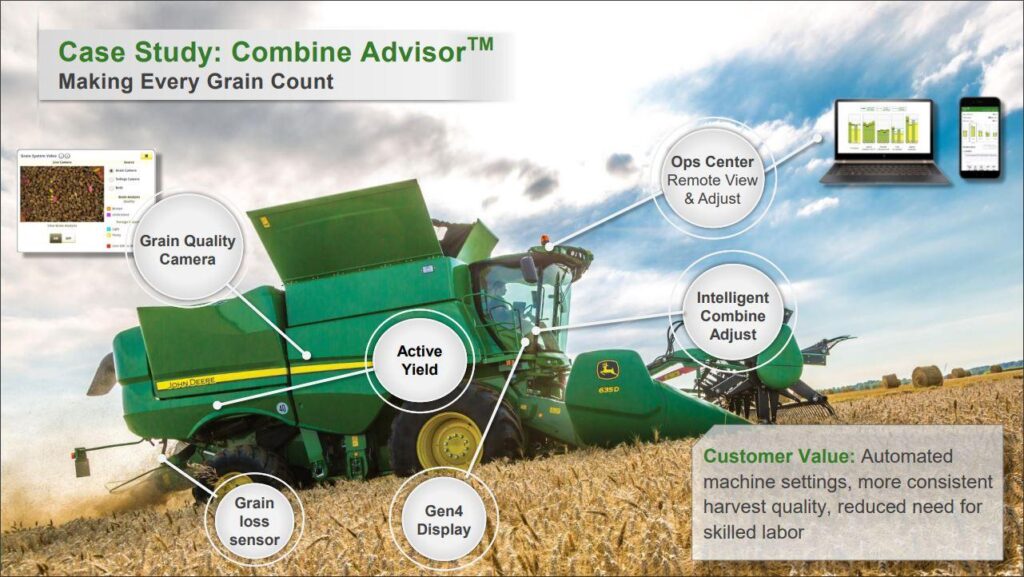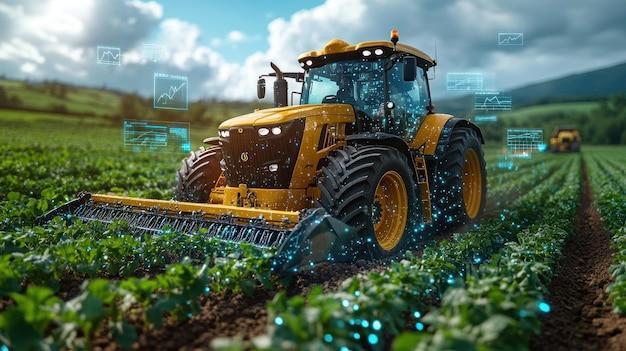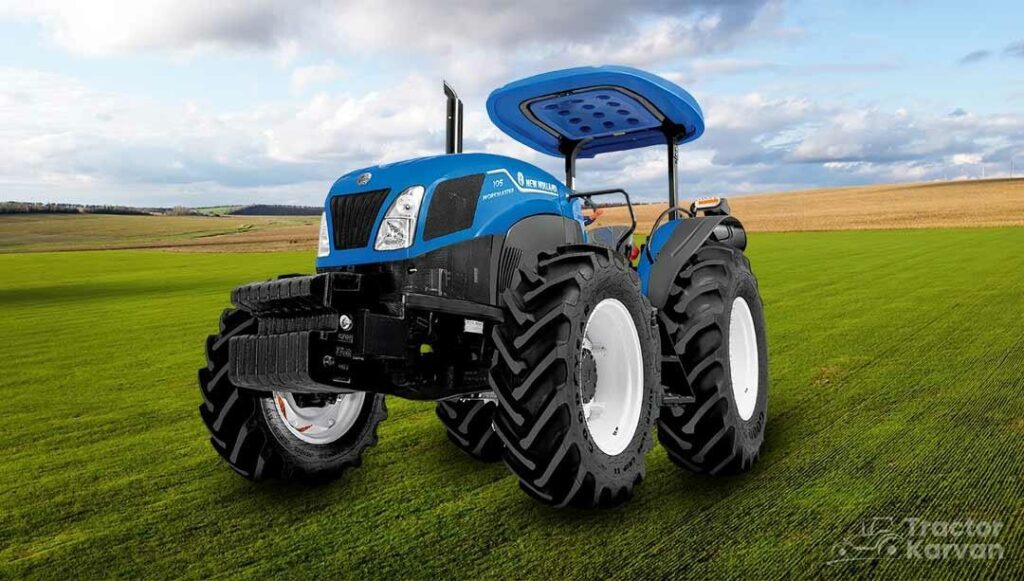Precision agriculture has transformed modern farming from an intuitive practice into a data-driven science. Over the past decade,technological advances have revolutionized how farmers monitor crops,manage resources,and optimize yields. From GPS-guided tractors to drone surveillance and IoT sensors, these tools now enable agriculturalists to make decisions with unprecedented accuracy. As global food demands increase and environmental concerns mount, understanding these technological developments becomes crucial for both producers and consumers.Precision agriculture has revolutionized farming operations through data-driven decisions and automated systems. GPS-guided tractors now navigate fields with centimeter-level accuracy,minimizing overlap and reducing fuel consumption by up to 15%. These smart machines integrate with farm management software to create detailed field maps and optimize resource allocation.
Variable rate technology enables farmers to apply exact amounts of seeds, fertilizers, and pesticides based on soil conditions and crop requirements.Smart sensors measure soil moisture, nutrient levels, and pH in real-time, allowing for precise adjustments to irrigation and fertilization schedules. This targeted approach has shown yield increases of 10-15% while reducing input costs.
Drone technology has become instrumental in crop monitoring and management. Advanced imaging systems capture multispectral data,revealing plant health indicators invisible to the naked eye. Farmers can identify pest infestations, diseases, and nutrient deficiencies weeks before visible symptoms appear, enabling early intervention and preventing crop losses.Internet of things (IoT) devices have created interconnected farm ecosystems. smart irrigation systems adjust water delivery based on weather forecasts, soil moisture levels, and crop growth stages. These systems have demonstrated water savings of up to 30% compared to conventional irrigation methods.
Artificial intelligence and machine learning algorithms process vast amounts of agricultural data to predict optimal planting dates,forecast yields,and identify potential problems. These systems analyze past weather patterns,soil data,and crop performance to generate actionable insights for farmers.
Robotic systems are transforming labor-intensive tasks. Autonomous weeders use computer vision to distinguish crops from weeds, precisely applying herbicides or mechanically removing unwanted plants. Robotic harvesting systems, equipped with soft grippers and AI-powered vision systems, can carefully pick fruits and vegetables at optimal ripeness.
Blockchain technology is enhancing supply chain clarity and food traceability. Smart contracts automatically execute transactions when predefined conditions are met, streamlining the distribution process and reducing paperwork.
Vertical farming systems utilize LED lighting and hydroponics to grow crops in controlled environments.These systems can produce up to 350 times more food per square foot than traditional farming while using 95% less water.
Genetic editing tools like CRISPR enable precise modifications to crop DNA,developing varieties with improved yield,disease resistance,and nutritional content. These advances help create more resilient food systems capable of adapting to changing climate conditions.
digital twin technology creates virtual replicas of farming operations, allowing farmers to simulate different scenarios and optimize decision-making. These models integrate real-time data from multiple sources to provide comprehensive insights into farm performance.
Smart sensors and IoT devices monitor livestock health, tracking vital signs, movement patterns, and feeding behaviour. Early warning systems alert farmers to potential health issues before they become serious, improving animal welfare and reducing veterinary costs.

